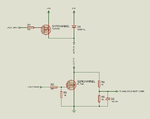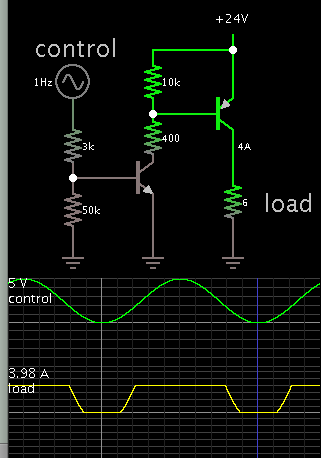bluehawkmlt
Newbie level 3
Hello there engineers! Who can help me with this circuit please? I am designing a circuit to control a load with two MOSFETs through two pins of my micro controller at the same time. (Please refer to the link provided, I will be using a different load instead of a motor). One must control the upper part of the load which in this case is the 24 Volt and one must control the GND of the load which is the lower case. In the lower case as you can see I already have an IRF540 which is an N Channel MOSFET. Now I only need to know how I can connect a MOSFET (I think it must be a P Channel) to the upper part of the load. I need this setup as I only have a limited amount of space on the PCB and want to increase the availability of the outputs. In example I need 4 MOSFETS on the upper part and 4 MOSFETS on the lower part of the load in which this will conclude to have 16 loads or outputs.
Thanks very much to whom can help me!!!
https://obrazki.elektroda.pl/9854968400_1478282754.jpg
Thanks very much to whom can help me!!!
https://obrazki.elektroda.pl/9854968400_1478282754.jpg

